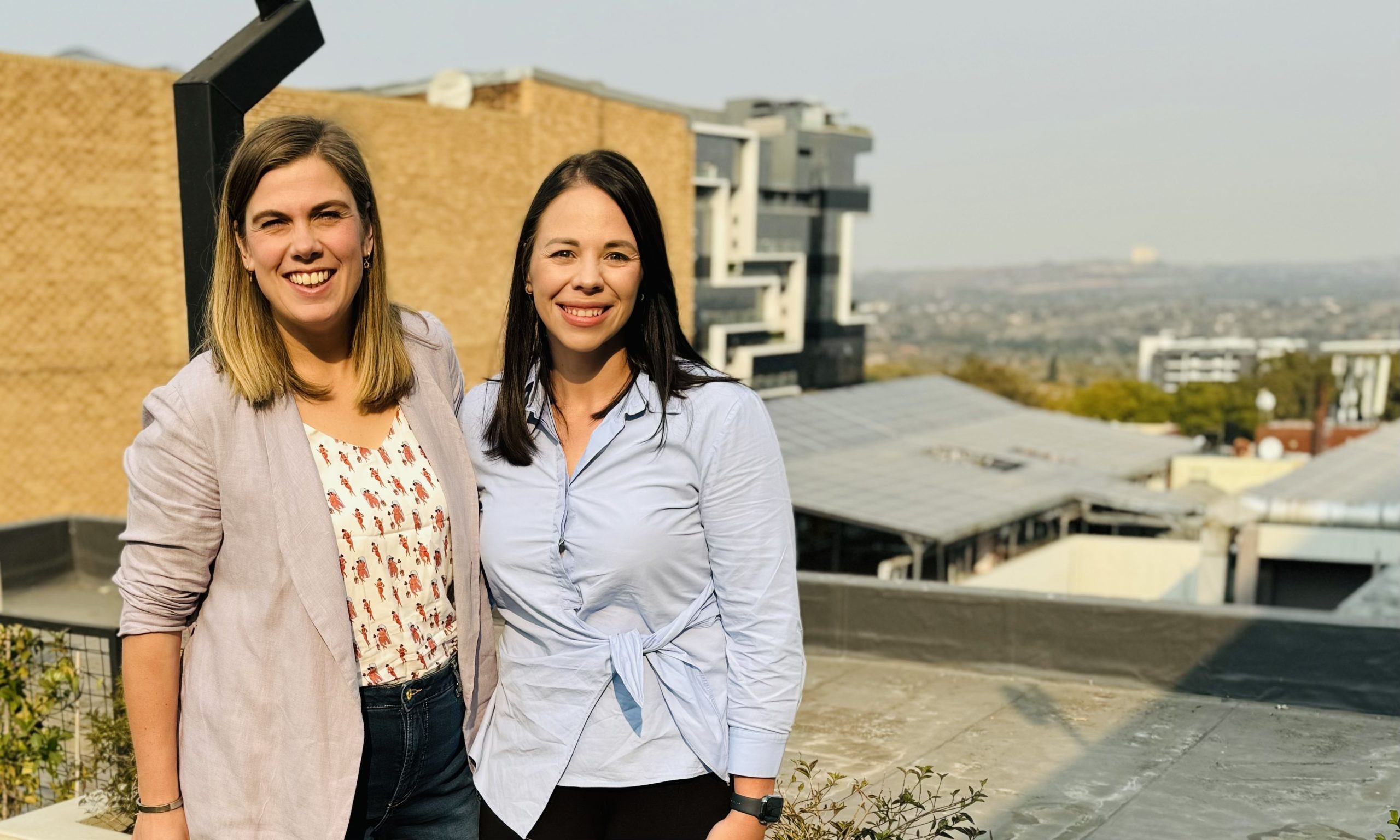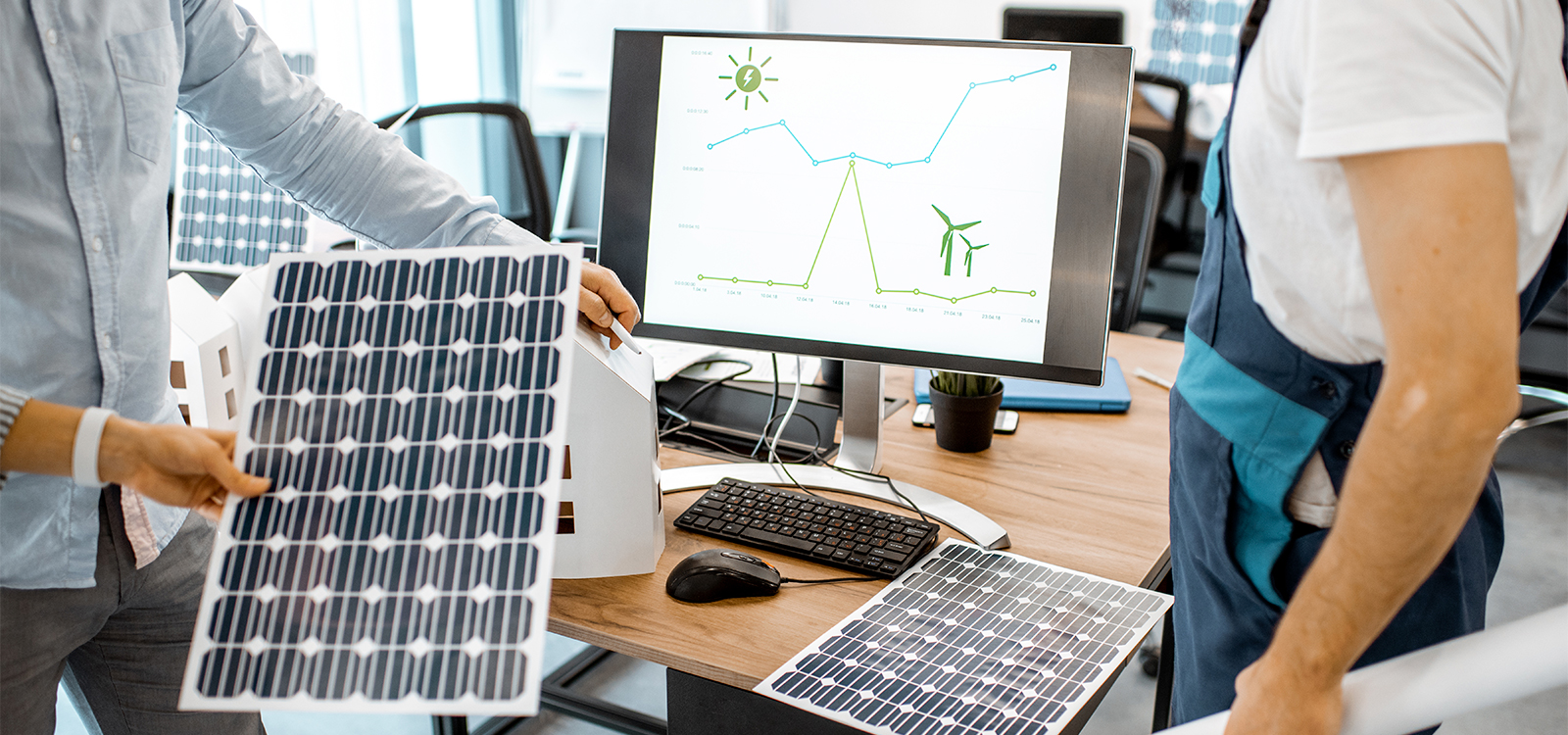Eskom and its complicated challenges have been dominating the news for months now. Daily occurrences of load shedding are reminding all of us that the utility we rely on is in trouble. A lot of discussion has focused on the drivers of undersupply of power, the need for Eskom to restructure and collect more revenues through better payments and higher prices and on the need to make the organisation less complex and more efficient.
The President proposed a set of transformational interventions to right the Eskom ship. But it is not clear how the utility will address a basic problem: it does not produce enough power. Better maintenance, more reliable coal supply and stronger operational management may increase the output from the existing infrastructure, but it is uncertain if that is enough and fast enough.
The fast growing solar power industry could be a source of near term relief. The growing number of grid connected solar PV installations put up by businesses (such as Sosimple Energy) is adding daytime energy production capacity.
The generation of this power happens across the country, distributed in small production units that typically generate a few hundred thousand kWh per year. In most cases the power is consumed on site, saving money for our customers. It also results in a reduction in the demand of power produced by strained Eskom generation capacity. At least during the daytime this reduces demand pressures on the network. With sufficient solar capacity in place it may shave off enough demand to remove the need for load shedding during the day time. If Eskom would allow feed-in of excess generated power — against any price it deems fair — that could further reduce strains on the system. In the foreseeable future, the addition of battery storage capacity could stretch these benefits into the afternoon peak demand hours. While the economics of Solar PV are accelerating adoption on their own merit, we at Sosimple Energy believe that the regulator and municipalities could support this acceleration with faster registration approval and grid connection procedures. The industry will then take care of faster growth.
A bold Eskom generation agenda could take this even further. Eskom should be able to pinpoint the hundreds or even thousands of physical points where SolarPV capacity would alleviate daytime demand pressures. And it could pinpoint where such capacity could be added to its distribution network without major infrastructure investment. Industry would certainly welcome an orchestrated push by Eskom and the regulator to add SolarPV installations to long-term power purchase contracts across the country. The South African Solar PV industry, together with large South African banks with solar financing experience, would be able to put forward short-term open book, capped return plans to provide cheap solar power to the network. At todays cost levels a 20 year contract to supply power below R0.50/kWh growing at CPI is feasible if Eskom and the regulator would set themselves up for fast and predictable decision making. That would leave attractive margins to Eskom in its sales of power even to industrial customers, reduce the pressure on aging coal plants to produce higher cost power. With no extra Eskom debt, no major work on their severely battered infrastructure and no real room for corruption. It would put South Africa on a path of cheap clean energy faster.



